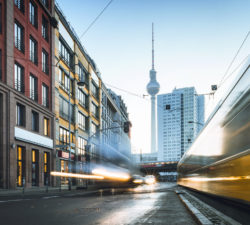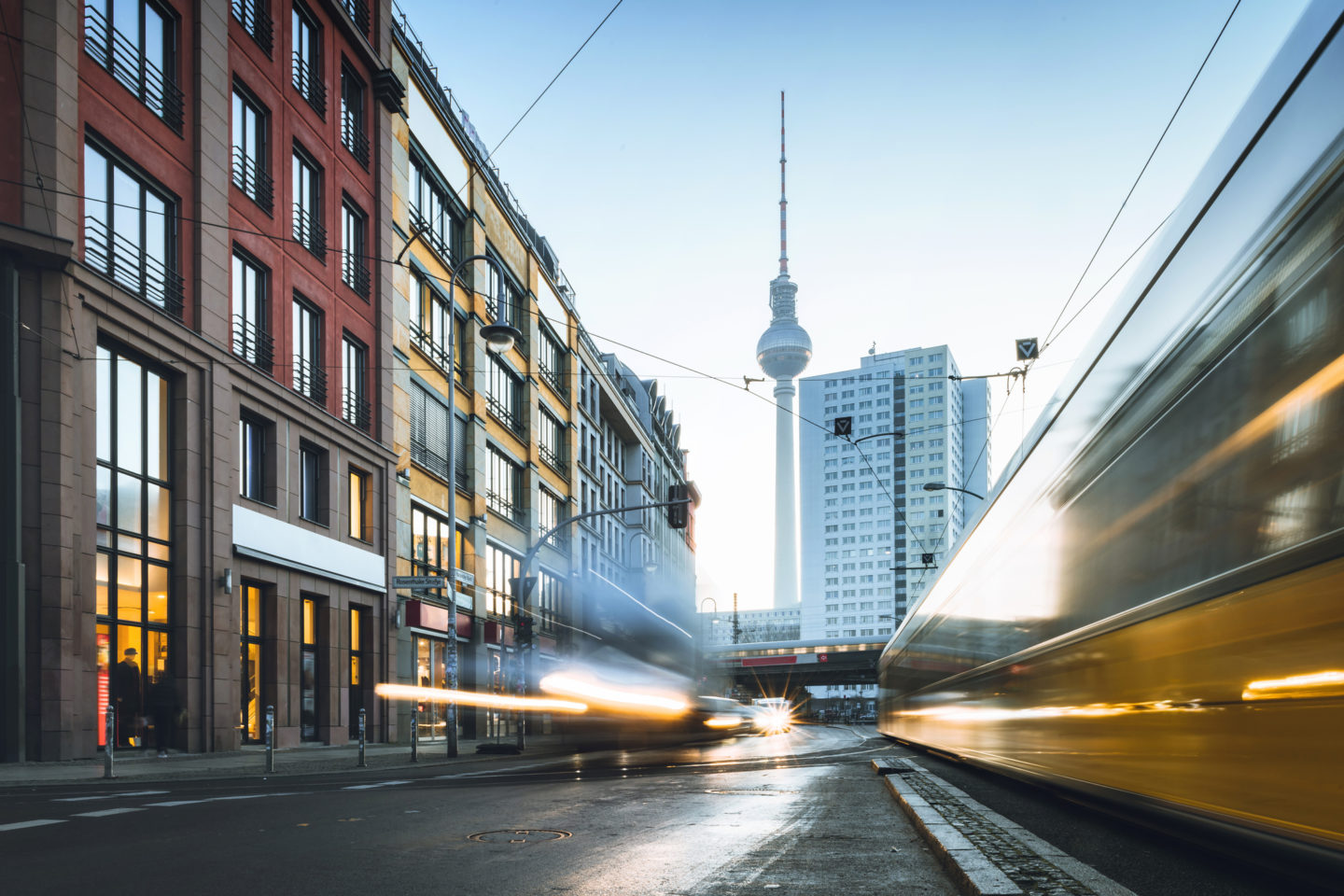New research confirms that global air quality improved due to COVID-19 lockdown measures. It alsounderlines the complexity ofpolicy and lifestyle changes needed to controlpollution in the long run.
One of the most striking effects of pandemic-related lockdowns in Europe was a brief metamorphosis of the continent’s urban environments. Places typically punctuated by noise and pollution were transformed. For many, it was a realization of the degree to which nature has been suppressed in cities, as the streets swelled with birdsong, chatter and the occasional clink of bike pedals. The pandemic ushered in an unprecedented halt in public and economic life across the globe. For Western city dwellers, the effect seemed overwhelmingly positive. But was this the case elsewhere?
With many in the scientific community shifting their focus to the impact of lockdowns on the progression of disease, one question therefore stood out: What would the impact of this temporary…


